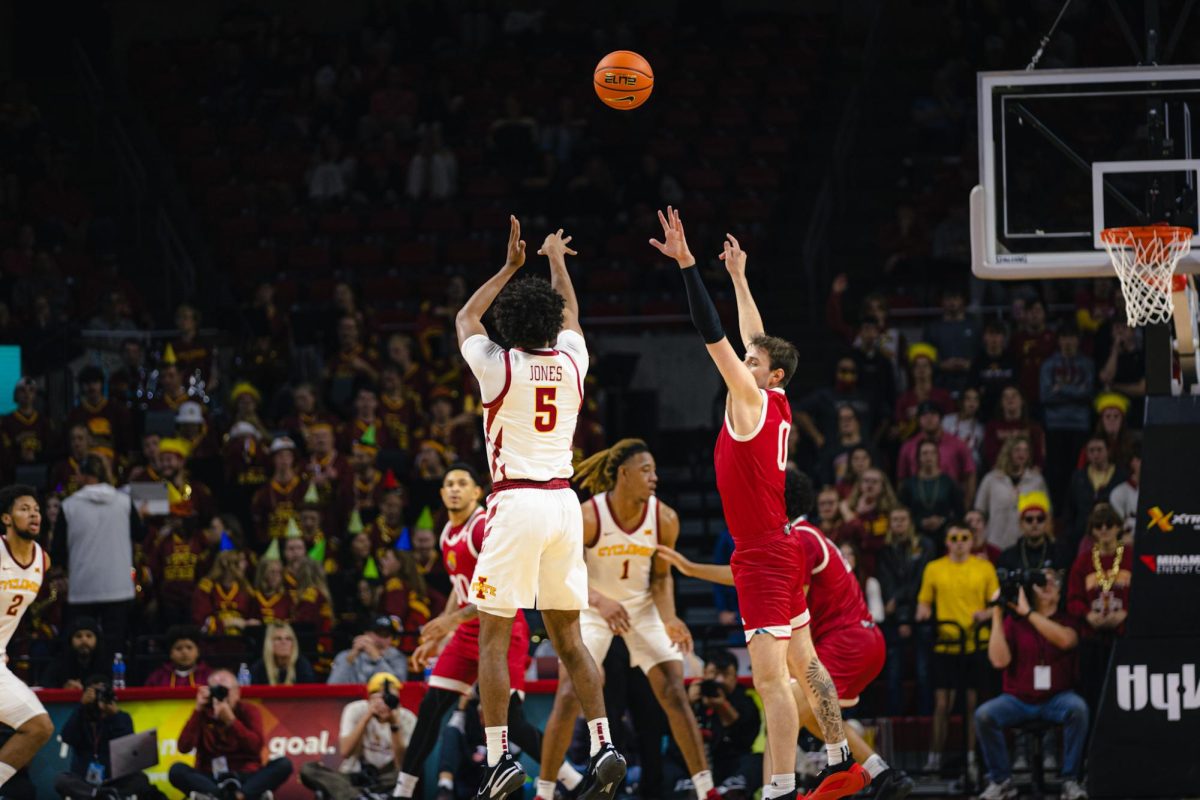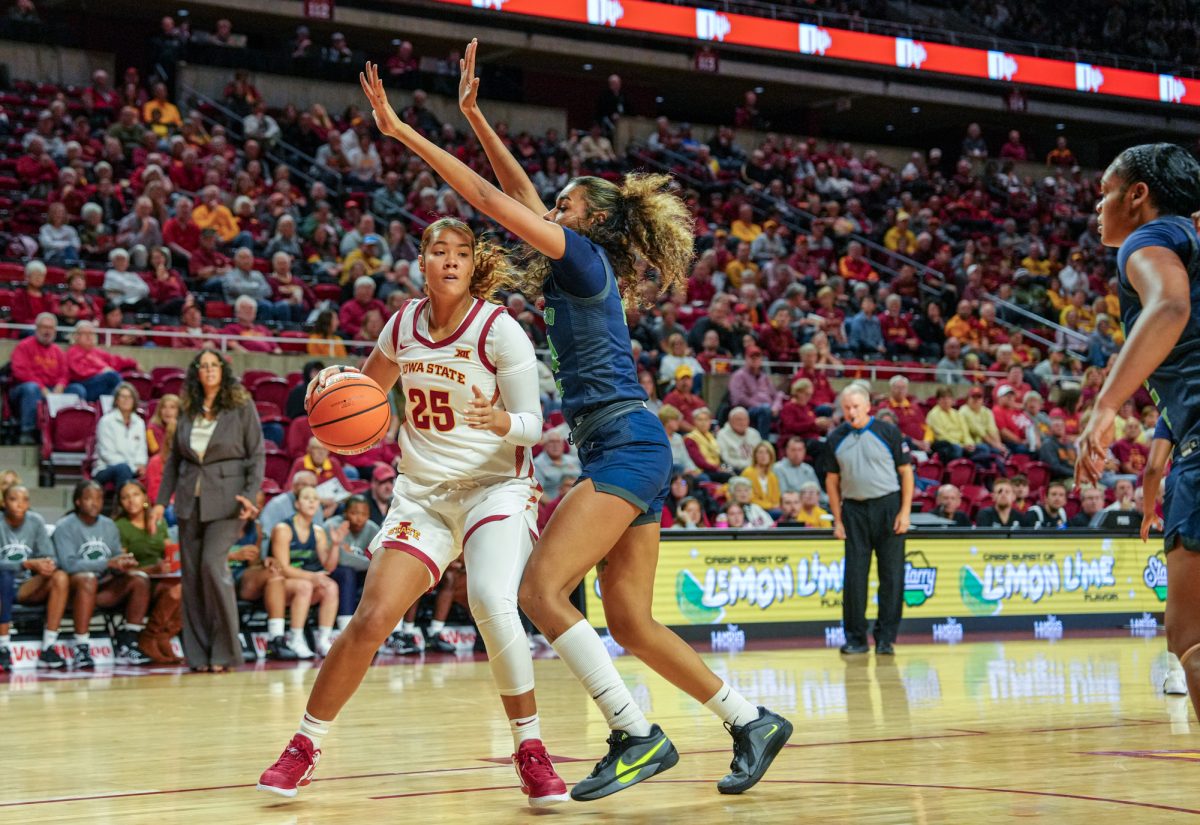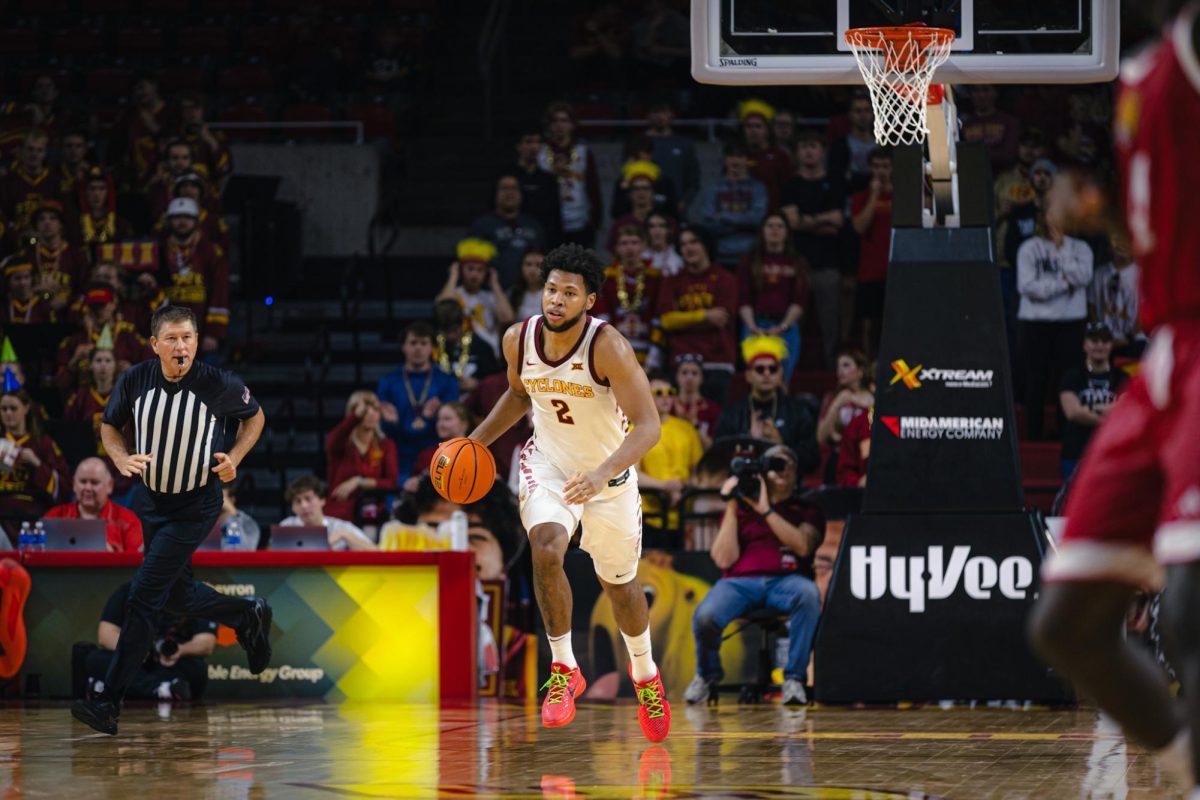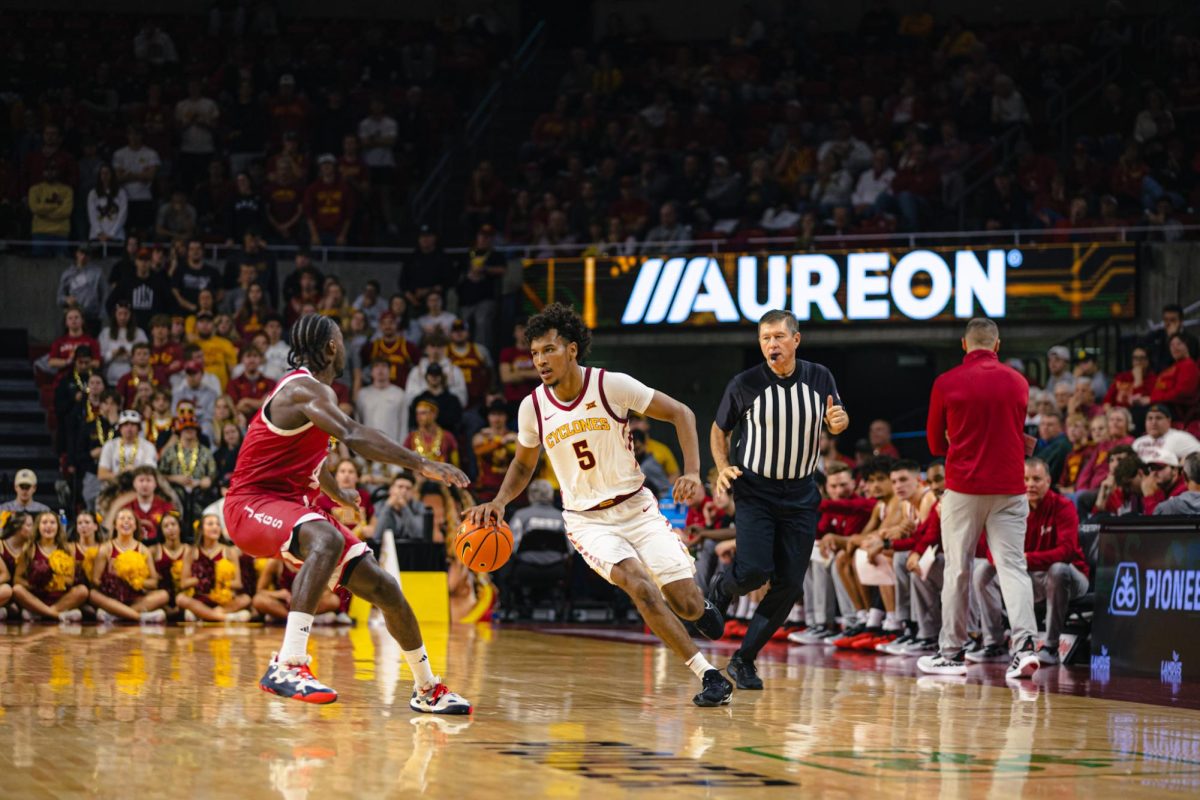Fashion for a cause
February 2, 2005
Rubber wristbands are everywhere — on your best friend, a professor or the guy sitting next to you in class. They’re available in almost every color — yellow for LiveStrong, pink for breast cancer and green for support our troops.
The wristbands aren’t just a fashion statement — most of the rubber bracelets are used to raise money for various charities.
“This is something that might stick around for fund-raising,” says Mike Harper, junior in management information systems. “It’s not too flashy that people are going to get sick of it.”
The rubber wristbands first gained popularity in May 2004 when six-time Tour de France-winning cyclist Lance Armstrong partnered with Nike to raise funds for cancer research. They distributed yellow wristbands with the phrase “LiveStrong” engraved on them.
The bands were snatched up immediately and helped Armstrong, a cancer survivor, raise money for the Lance Armstrong Foundation.
With the help of the Web site www.livestrong.org, the foundation was able to distribute the bands nationally to more than 20 million people in just six months. The surprising popularity of the bands resulted in eager donors being put on long waiting lists.
“I see it not as a fashion statement or a trend, but being supportive of a cause,” says Derek Miller, junior in marketing. “I feel like a messenger — people don’t realize the story behind the bracelets. I am an informant and make them interested in supporting the cause.”
Miller says he already owns four bracelets and plans on getting more.
But wristbands’ uses are not limited to national causes — the affordable pricing allows local events to use wristbands to spread their name.
Campus organizations have used the trend to help them recruit. The Kappa Delta sorority is using the bands as a public relations tactic. Sorority members have been handing out green bands on campus advertise their sorority.
Stephanie Thoms, sophomore in child and family services and Kappa Delta president, says Iowa State’s is the first chapter of Kappa Delta nationally to use the bands to this extent. She says the sorority bought more than 2,500 bracelets and have distributed almost all of them around campus and to other organizations.
“I am bringing it to our [Kappa Delta] convention this weekend in Memphis, Tenn.,” Thoms says. “I hope it spreads like wildfire. It’s a cool thing, and I hope they pick it up.”
Vendors online are selling wristbands with numerous messages. Toywiz.com offers wristbands with logos of Major League Baseball teams or are engraved with the statement “I love you.”
Not all students are happy with seeing wristbands used to make a profit, though.
“I think they took Lance Armstrong’s idea and took it to the extreme,” says Annie Sloterdyk, senior in psychology. “They’re stupid and trying to be part of the craze. I don’t support those bracelets.”
Like most trends, the bracelets have both supporters and critics.
“It doesn’t really matter if it’s effective,” says David Weinhold, senior in management information systems. “It’s a fad until they get sick of it, get rid of it and forget about it.”






